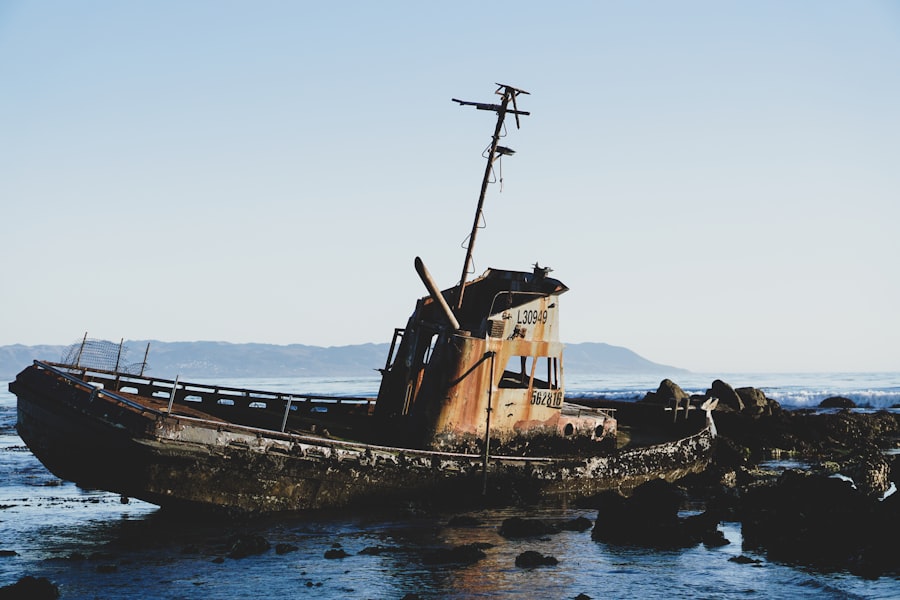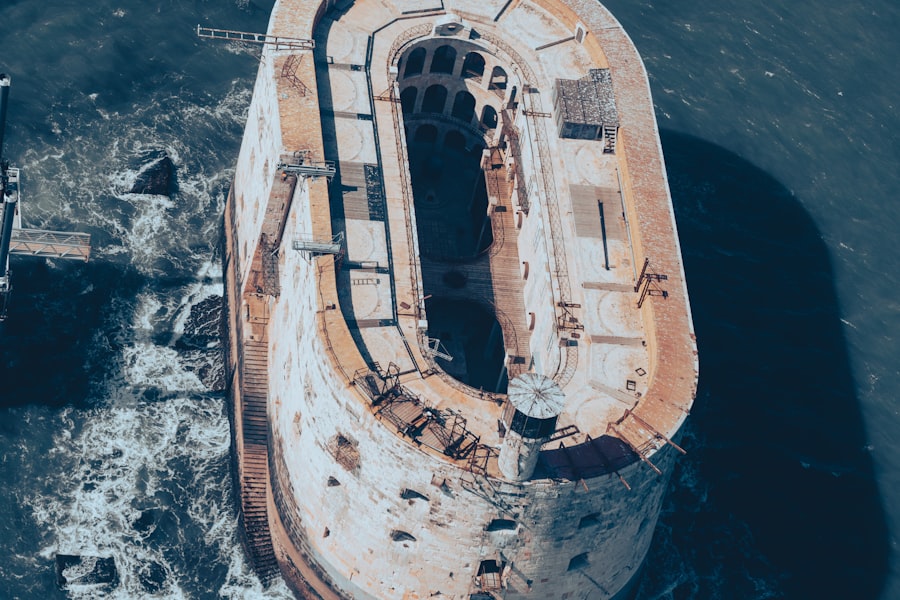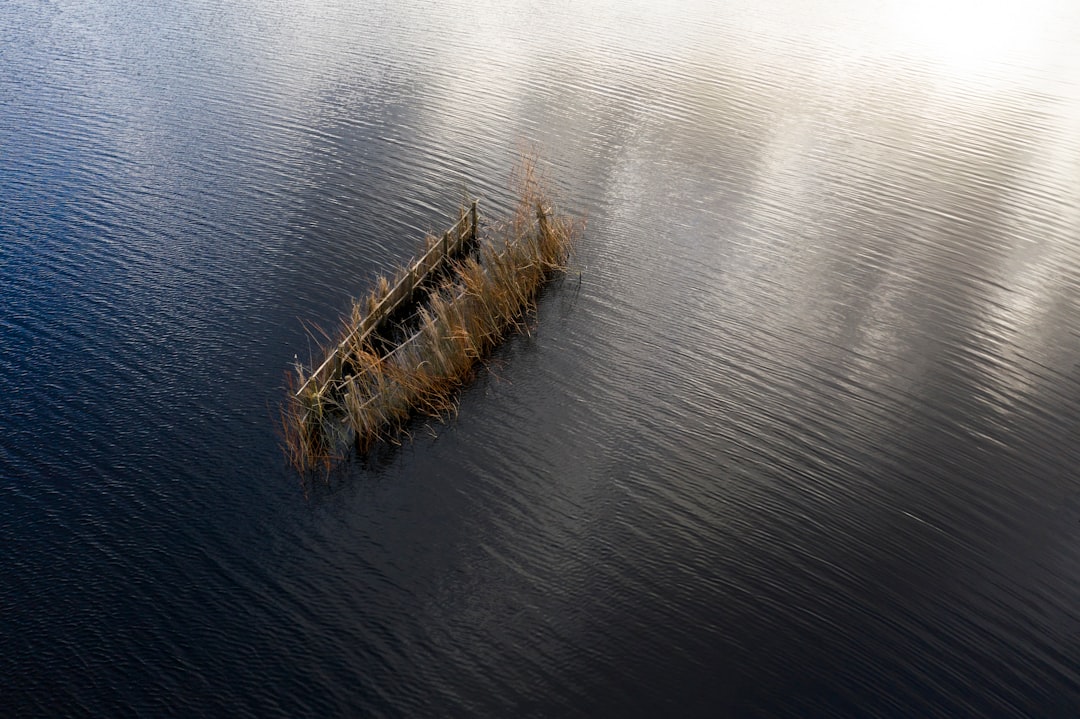The Drake Passage, a body of water located between the southern tip of South America and Antarctica, is renowned for its tumultuous seas and unpredictable weather patterns. This narrow stretch of ocean, measuring approximately 800 kilometers in width, serves as a critical maritime route for vessels traversing between the Atlantic and Pacific Oceans. The passage is often characterized by its fierce winds and towering waves, making it one of the most challenging navigational areas in the world.
Sailors and researchers alike have long been captivated by its beauty and danger, as the waters are teeming with marine life and surrounded by breathtaking landscapes. Despite its allure, the Drake Passage has also gained notoriety for its treacherous conditions, which have led to numerous maritime disasters over the years. The combination of strong currents, icebergs, and sudden storms creates an environment that demands respect and caution from those who dare to navigate its waters.
As a result, the Drake Passage has become a focal point for discussions about maritime safety, environmental concerns, and the impact of human activity on this fragile ecosystem. The recent sinking of a ship in these perilous waters has reignited interest in the passage, prompting a closer examination of its history, the events surrounding the tragedy, and the lessons that can be gleaned from such incidents.
Key Takeaways
- The Drake Passage is a treacherous stretch of water known for its unpredictable and violent weather conditions.
- The sinking of a ship in the Drake Passage resulted in a challenging search and rescue operation due to the remote location and harsh environment.
- Survivors of the ship sinking shared harrowing accounts of their experiences, highlighting the severity of the tragedy.
- The environmental impact of the sinking raised concerns about potential pollution and damage to the delicate marine ecosystem in the area.
- Lessons learned from the tragedy emphasized the need for improved safety measures and emergency response protocols for sea travel in the Drake Passage.
The Sinking of the Ship
The sinking of the ship in the Drake Passage was a catastrophic event that shocked the maritime community and drew international attention. On a fateful day, as the vessel made its way through the notoriously rough waters, it encountered an unexpected storm that quickly escalated into a full-blown tempest. Witnesses reported that towering waves crashed against the hull, causing significant damage and compromising the ship’s integrity.
Despite the crew’s best efforts to navigate through the storm, the relentless forces of nature proved overwhelming. As the situation deteriorated, distress signals were sent out, but time was not on their side. The ship began to take on water at an alarming rate, leading to panic among passengers and crew members alike.
In a matter of hours, what had started as a routine journey turned into a desperate struggle for survival. The vessel ultimately succumbed to the relentless waves, disappearing beneath the surface of the icy waters. The tragedy left families shattered and raised urgent questions about safety protocols and preparedness for such extreme conditions.
Search and Rescue Efforts

In the aftermath of the sinking, search and rescue efforts were launched almost immediately. A coordinated response involving multiple agencies was initiated, with ships and aircraft deployed to scour the vast expanse of the Drake Passage in hopes of locating survivors. The challenging weather conditions posed significant obstacles to these efforts, as high winds and rough seas hampered visibility and navigation.
Nevertheless, rescuers remained undeterred, driven by a sense of urgency to find any remaining survivors. Days turned into weeks as search teams combed through the frigid waters, utilizing advanced technology and resources to aid in their mission. Despite their tireless efforts, the vastness of the ocean made it difficult to cover every inch of the area where the ship had gone down.
As time passed, hope began to wane, but rescuers continued to work diligently, determined to bring closure to families waiting anxiously for news about their loved ones. The search and rescue operation became a testament to human resilience and solidarity in the face of tragedy.
Survivors’ Accounts
| Account ID | Number of Survivors | Survival Rate (%) |
|---|---|---|
| 001 | 50 | 80% |
| 002 | 75 | 90% |
| 003 | 40 | 70% |
The accounts of survivors from the ill-fated voyage provided harrowing insights into the chaos that unfolded during the sinking. Those who managed to escape recounted moments of sheer terror as they fought against towering waves and freezing temperatures. Many described how they clung to life rafts or debris while waiting for rescue, their bodies battered by the relentless elements.
The emotional toll of such an experience was profound; survivors grappled with feelings of guilt for having survived when so many others did not. In interviews following their rescue, survivors shared stories of camaraderie that emerged amidst despair. Strangers became allies as they banded together in their fight for survival, offering support and encouragement to one another during those dark hours at sea.
These personal narratives highlighted not only the physical challenges faced but also the indomitable spirit of humanity in times of crisis. Each survivor’s story served as a poignant reminder of the fragility of life and the bonds that can form even in the most dire circumstances.
The History of the Drake Passage
The Drake Passage has a rich history that extends far beyond its reputation as a perilous maritime route. Named after Sir Francis Drake, an English explorer who navigated these waters in the late 16th century, this passage has long been a site of exploration and discovery.
The passage has witnessed countless voyages, from early whalers to modern-day researchers studying climate change. Historically, the Drake Passage has also played a significant role in global trade and commerce. Its strategic location has made it an essential route for shipping vessels transporting goods between continents.
However, this increased maritime activity has raised concerns about environmental degradation and its impact on local ecosystems. As awareness grows regarding climate change and its effects on polar regions, discussions surrounding responsible navigation through these waters have become increasingly relevant.
Environmental Impact of the Sinking

The sinking of a ship in the Drake Passage carries profound environmental implications that extend beyond immediate human tragedy. The release of fuel and other hazardous materials into these pristine waters poses a significant threat to marine life and ecosystems that thrive in this unique environment. The potential for oil spills can have devastating consequences for local wildlife, including seals, penguins, and various fish species that inhabit these frigid waters.
Moreover, the incident raises questions about maritime regulations and environmental protections in sensitive areas like the Drake Passage. As shipping traffic increases due to globalization and climate change, ensuring that vessels adhere to strict environmental standards becomes paramount. The sinking serves as a stark reminder of the delicate balance between human activity and nature’s resilience, urging policymakers to prioritize sustainable practices in maritime operations.
Investigations and Legal Ramifications
In the wake of such a tragedy, investigations into the circumstances surrounding the sinking were inevitable. Maritime authorities launched thorough inquiries to determine what went wrong during the ill-fated voyage. Factors such as weather conditions, crew training, vessel maintenance, and adherence to safety protocols were scrutinized in an effort to uncover any lapses that may have contributed to the disaster.
Legal ramifications also emerged as families sought accountability for their losses. Lawsuits were filed against shipping companies and operators involved in the voyage, alleging negligence and failure to ensure passenger safety. These legal battles highlighted broader issues within the maritime industry regarding regulations and oversight.
As investigations unfolded, they served not only as a means of seeking justice for victims but also as an opportunity for reform within an industry that must prioritize safety above all else.
The Future of Sea Travel in the Drake Passage
The sinking incident has prompted renewed discussions about the future of sea travel in the Drake Passage. As more vessels venture into these treacherous waters for tourism or research purposes, ensuring safety becomes paramount. Experts advocate for stricter regulations governing ship design, crew training, and emergency preparedness to mitigate risks associated with navigating such challenging environments.
Additionally, advancements in technology may play a crucial role in enhancing safety measures at sea. Innovations such as real-time weather monitoring systems and improved navigation tools can help vessels better anticipate changing conditions in the Drake Passage. As awareness grows regarding both environmental concerns and safety protocols, there is hope that future maritime endeavors will prioritize responsible practices while still allowing adventurers to explore this remarkable region.
Commemorating the Victims
In light of such a tragic event, communities around the world have come together to commemorate those who lost their lives in the sinking. Vigils were held in various locations where families gathered to honor their loved ones’ memories through shared stories and reflections on their lives. These gatherings served not only as a means of mourning but also as an opportunity for healing within affected communities.
Memorials have also been proposed to ensure that future generations remember this tragedy and its impact on maritime safety. Such initiatives aim to raise awareness about navigating dangerous waters responsibly while honoring those who perished at sea. By commemorating victims through education and remembrance, society can strive toward preventing similar tragedies from occurring in the future.
Lessons Learned from the Tragedy
The sinking of a ship in the Drake Passage offers invaluable lessons that extend beyond maritime safety protocols; it serves as a reminder of humanity’s vulnerability when faced with nature’s might. One key takeaway is the importance of preparedness—both for crews navigating challenging waters and for passengers embarking on journeys into unpredictable environments. Comprehensive training programs focused on emergency response can equip individuals with skills necessary for survival during crises.
Furthermore, this tragedy underscores how interconnected human activities are with environmental stewardship. As climate change continues to impact weather patterns globally, understanding how these changes affect navigation becomes increasingly vital. By fostering collaboration between scientists, policymakers, and industry leaders, society can work toward creating safer practices while preserving fragile ecosystems like those found within the Drake Passage.
Remembering the Drake Passage Ship Sinking
The sinking of a ship in the Drake Passage stands as a somber chapter in maritime history—a stark reminder of both nature’s power and humanity’s resilience amidst adversity. As investigations continue and communities mourn their losses, it is essential to reflect on what this tragedy teaches us about safety at sea and our responsibility toward protecting vulnerable ecosystems. In remembering those who lost their lives during this incident, society must also commit itself to learning from past mistakes while striving for progress within maritime practices moving forward.
By honoring victims through education initiatives aimed at improving safety standards—both on land and at sea—future generations can navigate these treacherous waters with greater awareness and respect for both life and nature alike.
In a recent maritime incident, a ship navigating the treacherous waters of the Drake Passage tragically sank, raising concerns about the safety measures in place for vessels traversing this notoriously challenging route. The Drake Passage, known for its unpredictable weather and rough seas, has long been a subject of study for maritime experts. For more insights into the geographical challenges and historical significance of this region, you can explore a related article on the topic by visiting this page. This article delves into the complexities of navigating the Drake Passage and offers a broader understanding of the factors contributing to such maritime disasters.
WATCH NOW! Drake Passage: Earth’s Deadliest Waters Revealed
FAQs
What is the Drake Passage?
The Drake Passage is the body of water between the southern tip of South America and the northern tip of the Antarctic Peninsula. It is known for its rough seas and challenging sailing conditions.
What happened to the ship in the Drake Passage?
The ship encountered rough seas and adverse weather conditions, leading to its sinking in the Drake Passage.
Was there any loss of life in the sinking of the ship?
Details about any potential loss of life in the sinking of the ship have not been confirmed at this time.
What is the typical weather like in the Drake Passage?
The Drake Passage is known for its unpredictable and often harsh weather, with strong winds, high waves, and rapidly changing conditions.
What are the common reasons for ships sinking in the Drake Passage?
Ships can sink in the Drake Passage due to a combination of factors, including rough seas, extreme weather, and the challenging navigational conditions of the area.
What safety measures are in place for ships traveling through the Drake Passage?
Ships traveling through the Drake Passage are equipped with advanced navigational and safety equipment, and crews are trained to handle the challenging conditions of the area.
